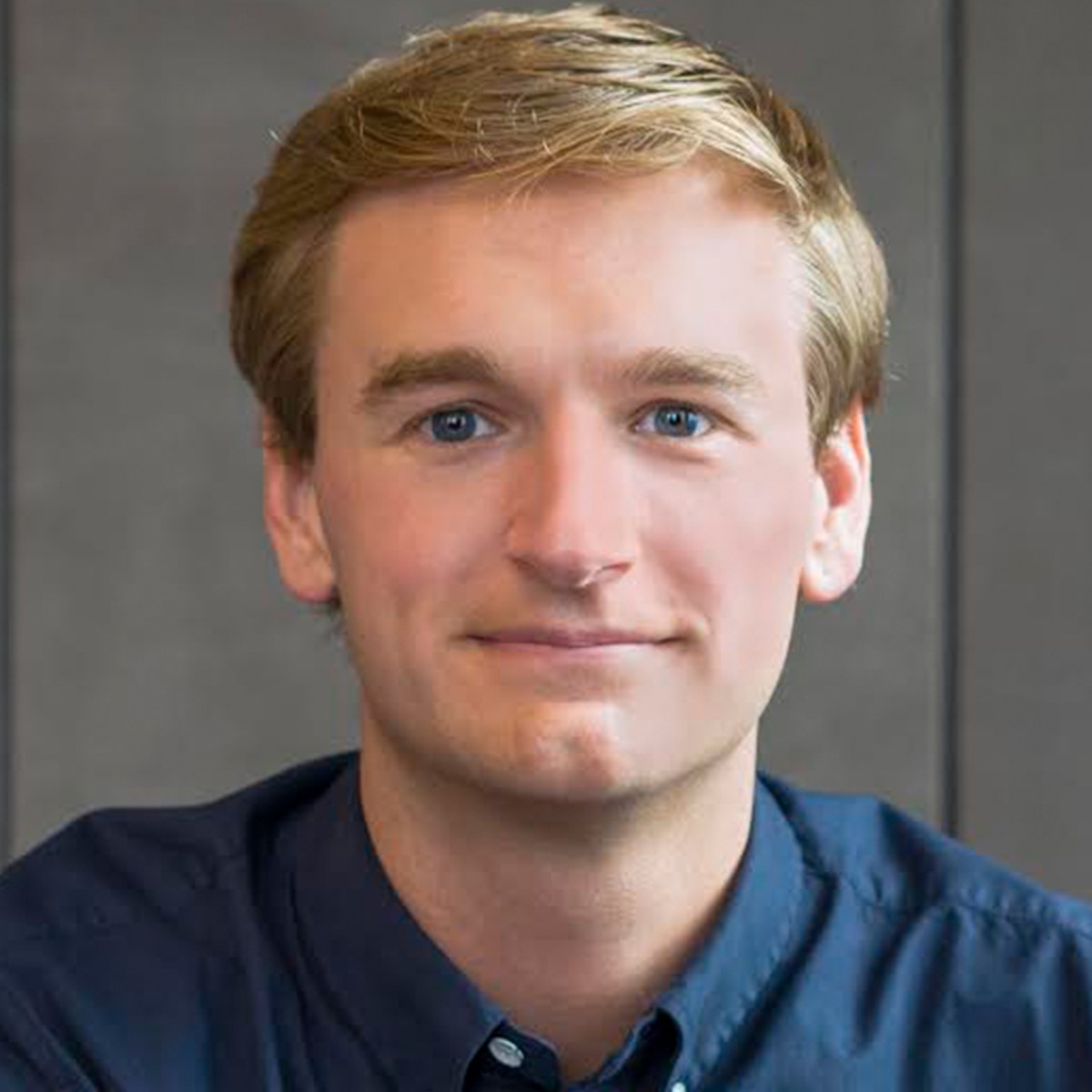Benchmark’s view on the AI race: talking with Miles Grimshaw

At the end of 2020, Miles Grimshaw became — and remains — the most recent addition to the storied venture firm Benchmark, which has stubbornly refused to change how it fundamentally operates, despite the many changes the rest of the venture world has embraced — particularly regarding team size and assets under management.
With just five general partners, few principals in its now 28-year history in Silicon Valley, and fund after fund sized under $500 million, the firm was reportedly frustrated at turns by having to compete against rivals with ever-larger checkbooks. Today, of course, a lot of those 2021-era deals and funds look like bad bets for those who backed them, while Benchmark — whose past bets include Uber, Snap, WeWork and Sorare — looks smart for having stuck to traditional early-stage investing.
It made us curious to know what Grimshaw — a Yale grad who was previously a general partner with Joshua Kushner’s Thrive Capital — makes of the way that Benchmark operates. We were also curious to understand Benchmark’s thinking about another potential bubble: generative AI.
Certainly, Grimshaw’s past and current firms seem to be taking very different approaches. Thrive dove right into a recent, $300 million round in OpenAI at a $29 billion valuation. Meanwhile, in early spring, Grimshaw led a $10 million seed round in LangChain, which helps developers build more complex applications on top of large language models like that built by OpenAI.
We talked with Grimshaw last week about those things and much more in a conversation that has been excerpted below and lightly edited for length and clarity.
TC: This is our first time meeting. What did you study at Yale, and was there a step in between college and joining Thrive Capital in New York?
MG: Yeah, the journey to go to work with the team at Thrive was very serendipitous in 2010. I was probably in many ways a very classical liberal arts student, though technically I majored in economics.
At the time, the question was: could you have a Silicon Alley? And those who were on the East Coast sort of found each other and bonded together and said, Yeah, we can, let’s do it, let’s build. And so when I was at Yale, I met Will Gaybrick, who was actually at the Yale Law School at the time — he went on to be one of the partners of Thrive then CFO [and now a unit president] of Stripe — and he and I became friends organically around interests in products and applications software, and he happened to know Josh from his undergrad days, and I started hanging out with them in New York on the weekends and then said, ‘Let’s team up,’ so I joined the group officially in 2013, which was when I graduated.
I was the fourth or fifth person; we were a total of eight people, I think at the time, including a finance lead and EAs, so we were in the corner of what is now a very big office and you felt a bit like the outsiders proving it was possible and that was a really fun time.
Can I ask quickly: Are you Australian? Are you from New Zealand?
I’m British. [Laughs.] It’s a very muddled accent because I grew up in the UK until I was 12, then moved to Boston. I’m the eldest of seven kids. You can go to the next eldest — no accent — so I was right on the cusp of preserving a few words.
I’d read just yesterday about someone described as having an “unplaceable accent.” How do Thrive and Benchmark differ from an operational standpoint?
At Benchmark, we’ve kept it simple and consistent. It’s just the five of us. It’s always an equal partnership, with somewhere in the range of [traditionally] five to six partners, each focused on making one or two commitments each year. A huge part of it is not, in many ways, the capital but that commitment of service to helping amplify the odds and scale of success of founders.
Has Thrive grown much? They’ve grown their assets under management.
I don’t know the exact sort of figures lately. But Josh and Kareen [Zaki] and Vince [Hankes] and the team over there, I have enormous respect and admiration for their ambition to serve folks in many different ways. I know after I left, there was the $2 billion fund and I think since another $3 billion fund. I’m not sure exactly how big the team is lately, but I think they’ve continued to build out various functions and support for founders and so the last I heard, it is a few times bigger than when I had left.
On the AI front, you led the seed round in Langchain. What is the business model there? Is this a SaaS business?
Yeah, exactly. In the space between an application experience that will get built and the model at the bottom of that stack, there is a wide range of needs that’s served with great software. [Thanks to the large language models we’re seeing like GPT-4], the bar got raised and what we’re going to expect of software got raised, and no company wants to be a dinosaur after the meteor, awestruck and roaming around, thinking everything is blissful. What LangChain is supporting is application developers coming to the market saying, ‘Okay, great, there’s this language model that spits out tokens — how do I craft that into workflows and a great product experience for my customers?’
Where are those developers finding LangChain?
It has remarkable word of mouth in many ways. We certainly do no marketing. We got started earlier this year and now have a handful of engineers but but no one outside of an engineer on the team, which is obviously very active in the open source community. I think its Discord now has something like 20,000 members. The team is [also] at a lot of events where there’s a flood of of application engineers and developers coming and trying to learn and imagine and create. And so they’re in the slipstream of all of that energy.
I was interested to see that you led a $10 million seed round in this company and that, like one week later, Sequoia led a $20 million round. Is that right?
I forget the exact timing, but yes.
Is Benchmark an investor in any of these foundational model companies?
We are partners with Cerebrus, a GPU chip company [off which AI models run] but we’re not partners at the foundation model level.
Did you have a chance to invest in these companies? Obviously, these outfits have raised a lot of money. I’m wondering if that was a factor.
We don’t start our decision-making from the lens of, we’re going to constrain ourselves to a $10 million or $5 million or whatever investment. We start from aspiring to be the first and most impactful partner to founders and serving on their boards for a decade and that really being the body of work, and if a funding amount at inception may be larger than usual, we’ll solve that together.
But we have not found the conviction of imagining the enduring outsize market share that one of them may have. I think you see this in the open source now that’s coming out and quickly catching up. You can imagine the inputs to some of these [large language models] obviously declining in cost over time, whether that’s the amount of compute available on a chip or the cost of any chip. The knowledge obviously is diffusing, and more people are knowing how to do it and don’t need lots of money just to try and figure out how to do it. And so that you’ve even seen the rate of depreciation in some of the folks like OpenAI’s models. Like, think about how quickly they have obsoleted all of the spend they’ve done on GPT-2 or GPT-3.
We’re certainly grateful for all the hard work and certainly think they can be good businesses, but we’ve instead focused on the developer layer above that . . .and are very focused on and eager to meet and partner with folks on that journey.


